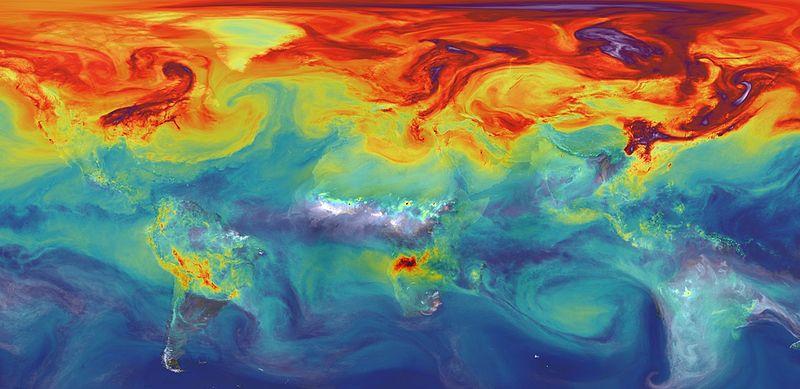Climate Change Minister James Shaw says the just-published Greenhouse Gas Inventory, from the Ministry for the Environment, underlines the case for accelerated action to reduce emissions.
The report shows that the 2020 lockdowns had an impact on emissions. Gross emissions were down by 3 per cent between 2019 and 2020, mainly driven by less travel by road, air and sea, and reduced fuel use for manufacturing.
From 1990 to 2020 gross emissions have increased by 21 per cent.
The report clearly shows where New Zealand’s emissions are coming from and – by implication – the biggest opportunities to reduce them.
These include methane emissions from agriculture and carbon emissions from transport.
In 2020 –
- New Zealand’s gross greenhouse gas emissions in 2020 were 78.8 million tonnes of carbon dioxide equivalent (Mt CO2-e).
- Gross emissions comprised 44 per cent carbon dioxide, 44 per cent methane, 11 per cent nitrous oxide and 2 per cent fluorinated gases.
- The Agriculture and Energy sectors were the two largest contributors to New Zealand’s gross emissions in 2020, at 50 per cent and 40 per cent, respectively.
- New Zealand’s net emissions in 2020 were 55.5 Mt CO2-e.
- The Land Use, Land-Use Change and Forestry (LULUCF) sector offset 30 per cent (23.3 Mt CO2-e) of New Zealand’s gross emissions in 2020.
Gross emissions since 1990
- Between 1990 and 2020, gross emissions increased by 21 per cent (13.6 Mt CO2-e). This is mostly due to increased methane from growth in the dairy cattle population and carbon dioxide from road transport.
- The Waste sector had the only overall reduction in gross emissions, with a decrease of 17 per cent (0.7 Mt CO2-e) due to ongoing improvements in the management of landfills.
Net emissions since 1990
- Between 1990 and 2020, net emissions increased by 26 per cent (11.5 Mt CO2-e), due to the underlying increase in gross emissions by 26 per cent (11.5 Mt CO2-e), due to the underlying increase in gross emissions.
- Since 1990, net removals from the LULUCF sector have increased by 10 per cent (2.1 Mt CO2e) largely due to an increase in the production of harvested wood products.
Trends between 2019 and 2020
- Gross emissions decreased by 3 per cent (2.8 Mt CO2-e).
- Net emissions decreased by 5 per cent (3.1 Mt CO2-e).
- Both changes are mainly due to decreases in fuel use from road transport, manufacturing industries and construction, and domestic aviation as a result of the COVID-19 restrictions.
James Shaw said the emissions reduction plan, to be released next month, will provide a comprehensive list of actions to drive transformative change.
“It will set out how we will meet our first emissions budget and include policies and strategies to reduce emissions in key sectors like transport, energy, waste, building and construction, agriculture and forestry,” Mr Shaw said.
“In ten years’ time the world will be a very different place. We need to secure our part in it by making sure the Aotearoa of the future is carbon-zero and climate-friendly, with fairness and opportunities for all,” said James Shaw.
Later this year, the Government will make a decision on how we measure, manage and price agricultural greenhouse gas emissions, he said.
“Whatever system we land on will have to create the right incentives for farmers to reduce emissions and move to more efficient, sustainable practices,” said James Shaw.
Minister Shaw noted the inventory provisionally indicates New Zealand will meet its international 2020 emissions reduction target under the United Nations Framework Convention on Climate Change.
“As I’ve said many times, our climate targets are not optional, they are critical. Meeting the 2020 target is encouraging, but there are bigger, more important targets down the line.
“As the recent IPCC report made clear, the next three years are absolutely critical – the Emissions Reduction Plan, and the emissions budgets it will speak to, will set out how we will play our part in the global bid to tackle emissions and limit warming,” said James Shaw.
Sources: Climate Change Minister and New Zealand’s Greenhouse Gas Inventory 1990-2020












